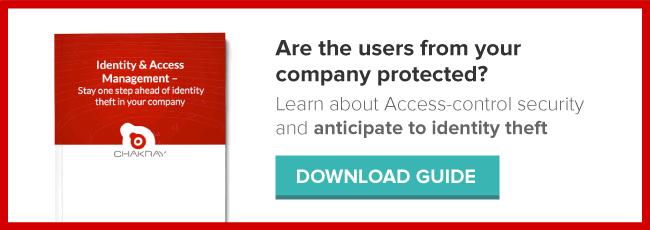The use of APIs remains a technological pillar for businesses, with a 72% growth in adoption according to Gartner. However, their expansion brings critical challenges: security, authentication, and usability. With cyberattacks increasing by 45% annually (IBM X-Force Report 2023), standards like OAuth 2.0 are essential to balance protection and user experience.
What is OAuth 2.0?
OAuth 2.0 is an authorization framework (not authentication) that allows applications to access protected resources without exposing user credentials. Its evolution includes improvements such as:
- OAuth 2.1: Simplifies flows and removes obsolete practices.
- Zero Trust Integration: Aligns with “never trust, always verify” security models.
- Short-Lived Tokens: Reduce risks of unauthorized access.
Core Concepts & Features of OAuth 2.0
| Term | Definition | Relevance |
|---|---|---|
| Resource Owner | User/entity granting access. | Critical for GDPR & LOPDGDD compliance. |
| Access Token | Temporary credential to access resources. | Average validity: 1 hour (current best practice). |
| Refresh Token | Credential to renew access tokens. | Securely stored in HSMs (Hardware Security Modules). |
| Scopes | Specific permissions (e.g., “read” vs. “write”). | Vital to minimize attack surface (OWASP 2023). |
OAuth Flows for Modern Scenarios
1. Authorization Code Flow + PKCE
- Ideal for mobile apps and SPAs (Single Page Apps).
- Mitigates interception attacks with Code Verifier.
2. Client Credentials Flow
- Used for machine-to-machine communication (e.g., cloud microservices).
3. Device Flow
- For IoT devices without UIs (e.g., smart TVs).
Key Stat: 89% of enterprises use hybrid flows to cover multiple use cases.
OAuth 2.0 vs. JWT: Complements or Competitors?
They are not directly comparable as they serve distinct but interrelated roles in security:
- JWT (JSON Web Token): An authentication protocol for issuing/validating JSON-based tokens (using HMAC or RSA algorithms).
- OAuth: An authorization framework for granting resource access across applications.
OAuth 2.0 Security Best Practices
- Enforce HTTPS: 95% of API breaches stem from unencrypted traffic.
- Implement Rate Limiting: Block DDoS attacks on authorization endpoints.
- Audit Scopes Regularly: Avoid unnecessary permissions (principle of least privilege).
- Adopt OAuth 2.1: Mandates PKCE and removes risky legacy flows.
In a world where APIs handle 83% of web traffic, OAuth 2.0 is non-negotiable. Its evolution into OAuth 2.1 and integration with standards like OpenID Connect solidify it as the leading solution for scalable security. For businesses, proper implementation not only prevents breaches but also strengthens end-user trust.
Ready to Optimize Your APIs?
Upgrade your authorization flows, train your team on OAuth 2.1, and prioritize quarterly security audits. Contact us today.






